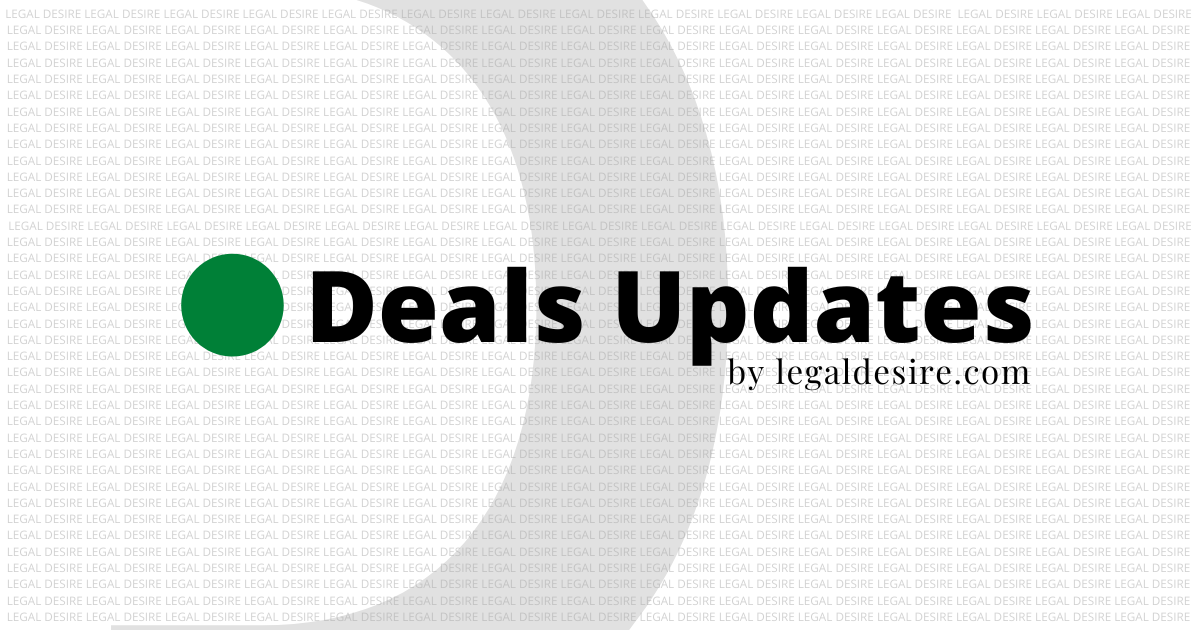Now Reading: From Risk to Regulation: The Rise of Social Media Governance Platforms
-
01
From Risk to Regulation: The Rise of Social Media Governance Platforms

From Risk to Regulation: The Rise of Social Media Governance Platforms
Enterprises need social media, but it’s a legal minefield these days.
Large organizations need social media to get their brand identity into online spaces, offer excellent and accessible customer service, and provide internal communication.
But the risks of entering these spaces are rising with increasingly tight social media regulations that present new compliance violations. They govern rules around misinformation, which can lead to reputational damage if the public becomes aware of companies breaking these regulations.
This article presents the answer to this problem: Social media governance platforms. It explores why compliance matters more than ever, the limitations of traditional monitoring, the rise of governance platforms, and managing risks beyond corporate posts.
Why Social Media Compliance Matters More Than Ever
Social media is no longer a place of innocence and friends and family chatting. It’s now an environment filled with enterprises selling services and products, and this is one of the reasons legal frameworks have come into play to protect consumers.
Regulatory pressures that affect social media actions of enterprises include:
- Data privacy laws: Protect user information, ensure consent, regulate data collection, and safeguard against misuse or unauthorized access.
- Industry-specific requirements: Address sector risks, ensure compliance, protect consumers, and set tailored standards for ethical online business operations.
- Corporate governance standards: Promote accountability, prevent misconduct, guide responsible communication, and maintain public trust through transparent social media practices.
If you’re wondering what consequences your enterprise will face if it doesn’t follow these regulations, you can expect to be met with fines, lawsuits, and reputational fallout. So, researching the current regulations and consequences of breaking them is always worth the effort. It only takes a single misstep for disaster to happen.
The Limitations of Traditional Monitoring
Traditional monitoring for social media regulation compliance no longer works. It involves outdated processes, like keyword searches, manual reviews, and reactive reporting.
The most glaring issues with these methods are that they try to find the problem after it has happened, and lack context of why issues occur, making it challenging to prevent them from happening in the future.
The aspects of social media communication that make this process nearly impossible with traditional methods are sarcasm, evolving slang, and coded messaging.
What enterprises need is a more intelligent approach in the form of automated social media governance tools.
The Rise of Governance Platforms
The best way to consistently and proactively capture the context and eliminate instances of breaking regulations is by using Autonomy Social Media Governance.
The key features of these tools include:
- Centralized dashboards: Provide one interface to monitor accounts, streamline management, improve efficiency, and reduce errors by consolidating oversight into a unified platform.
- Policy enforcement: Automatically apply governance rules, ensure compliance across teams, minimize human error, and strengthen brand protection through consistent adherence to organizational standards.
- Automated archiving: Securely store historical content, simplify audit readiness, ensure compliance with regulations, and provide fast retrieval for investigations or legal requirements.
- Advanced analytics: Deliver real-time insights, track engagement patterns, measure compliance, and support smarter decision-making for improving governance strategies and communication practices.
- User access controls: Restrict permissions, prevent unauthorized actions, support accountability, and reduce insider risks by ensuring only approved individuals manage social media activities.
The best aspect of the way these platforms work is that they integrate easily into existing compliance and security frameworks, allowing them to optimize existing data for high compliance and low issues.
Managing Risks Beyond Corporate Posts
It’s important to remember one important point at this stage: Governance goes beyond official brand channels, because communication about a brand can happen anywhere, adding further complexity to the process.
Employees can contribute to this complex and difficult-to-manage picture of negative attitudes toward their employer. This goes as far as employees posting on their personal accounts about topics unrelated to their workplace and users associating individual attitudes with an employer, causing negative PR attention.
Enterprises need strategies for handling cases like Instagram account suspension when brand-affiliated employees cross lines or face unfair enforcement.
Large organizations can use escalation protocols, legal reviews, backup accounts, and communication teams to manage Instagram suspensions. These methods protect brand reputation, ensure compliance, and address unfair enforcement or employee misconduct quickly and effectively.
Conclusion
The urgency of evolving from traditional, manual monitoring methods for social media compliance is intense and unavoidable. Governance platforms are the only answer.
The reason is that compliance goes beyond regulation: It covers the protection of brand integrity, which can happen anywhere, not just on an official brand channel or profile page. It’s essential to look for any brand discussion to protect trust.
Enterprises should explore governance solutions now to reduce risk, avoid penalties, and ensure sustainable growth in their social media engagement. This approach also helps avoid costly damage to brand identity that takes so long to build, yet can be lost so easily.










